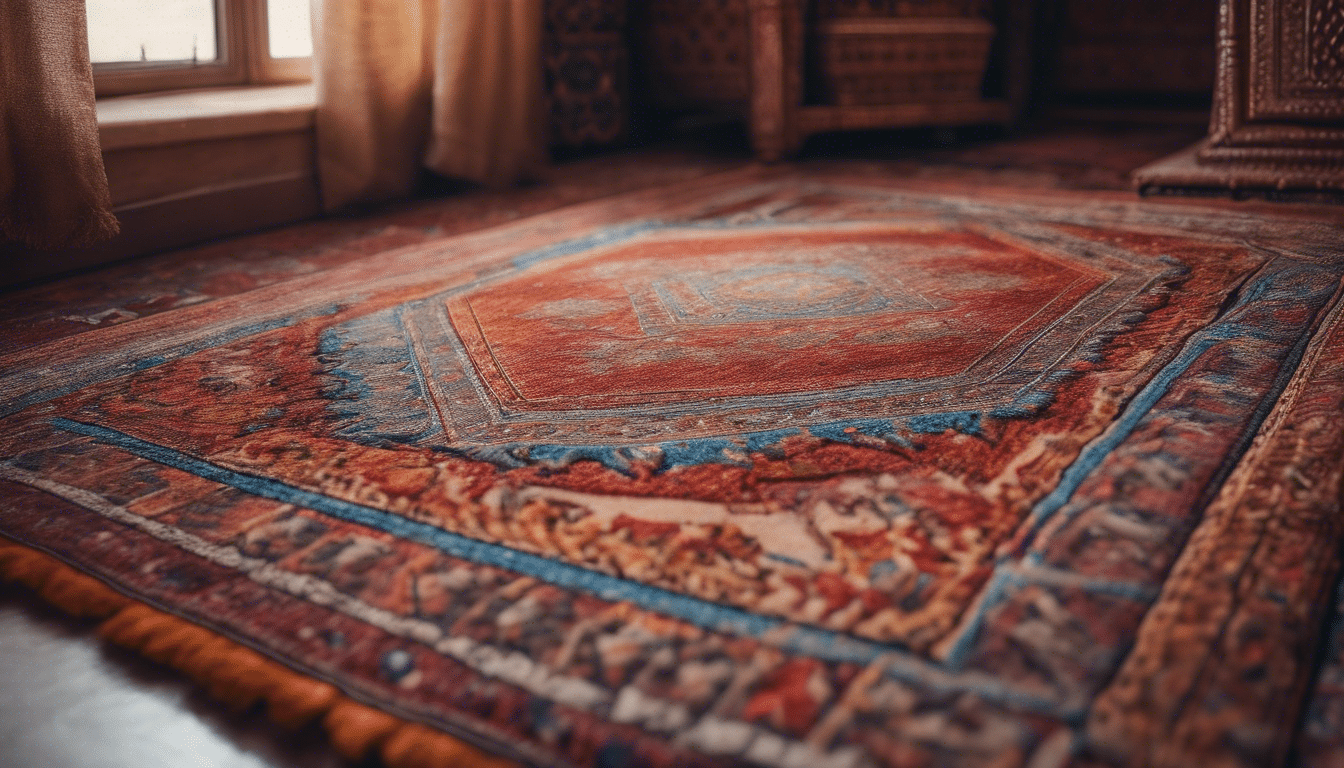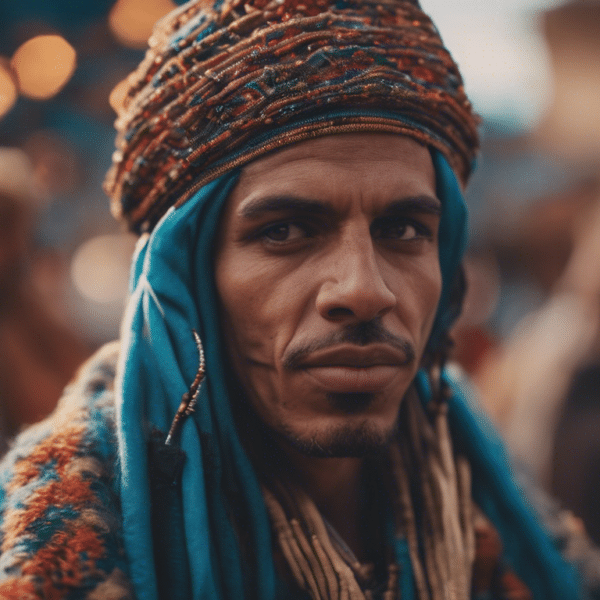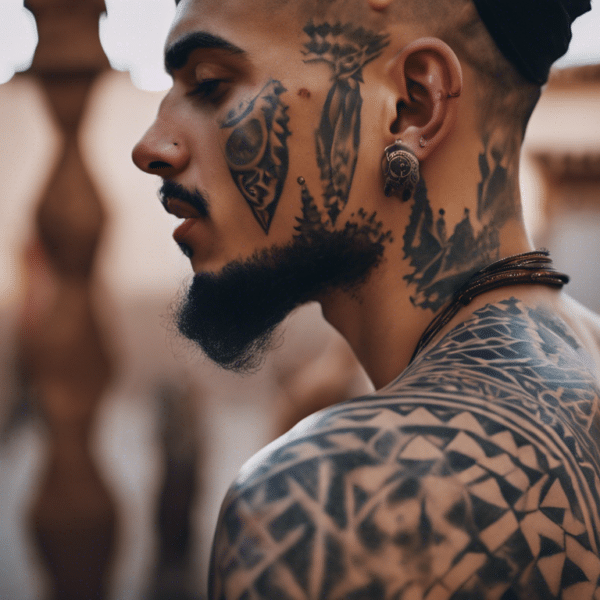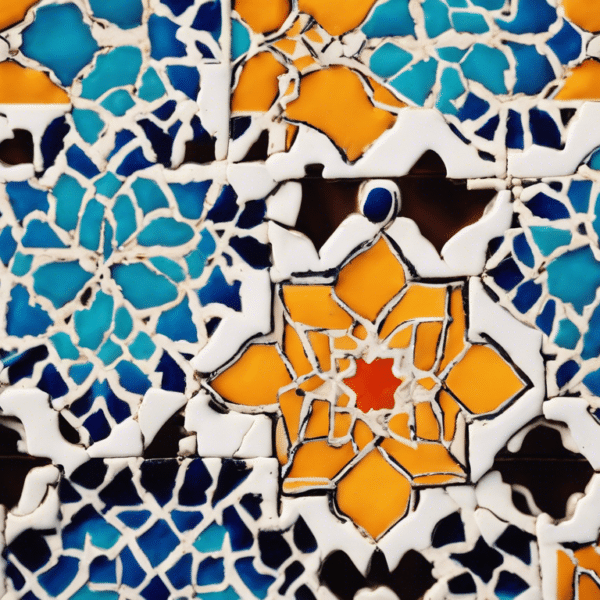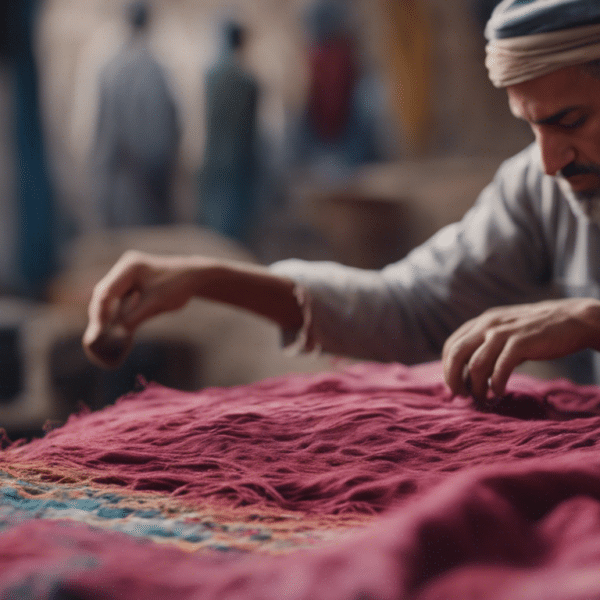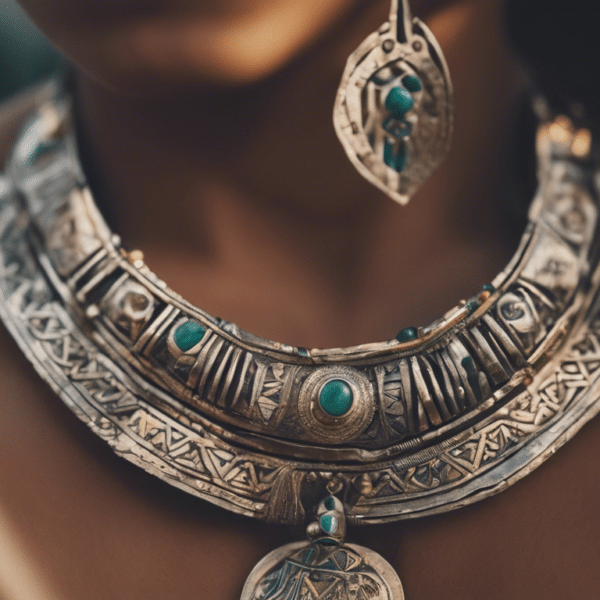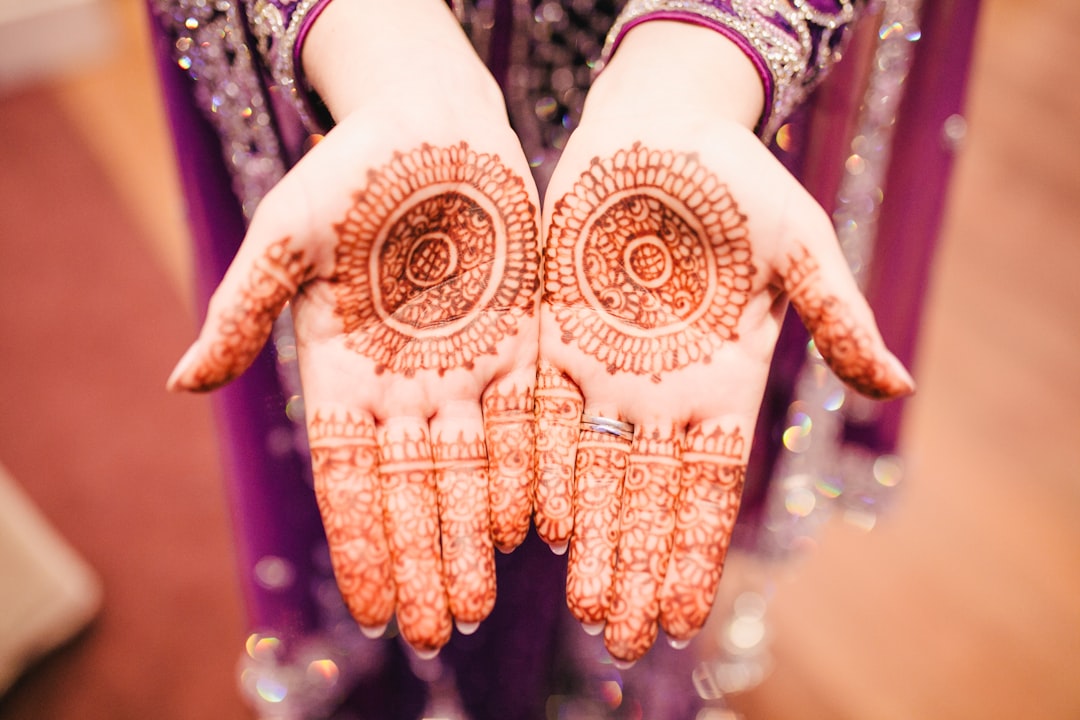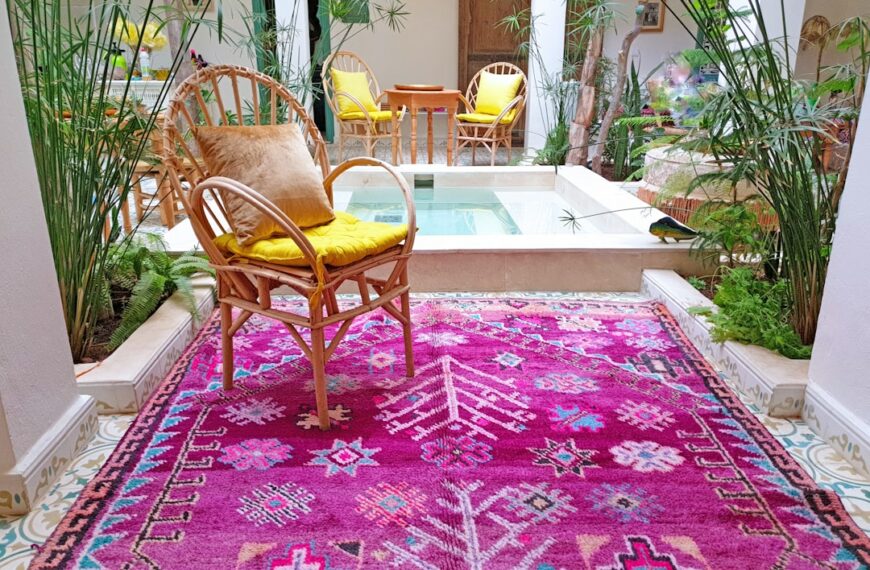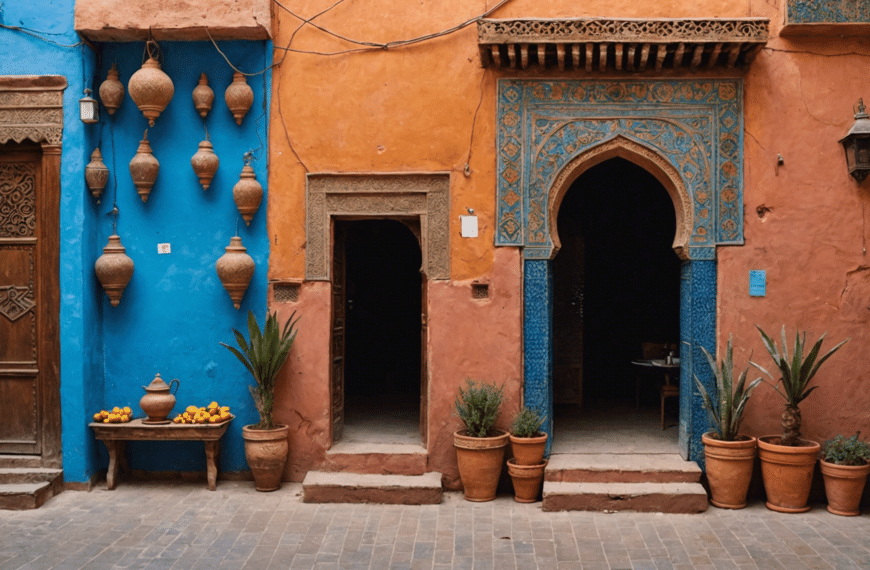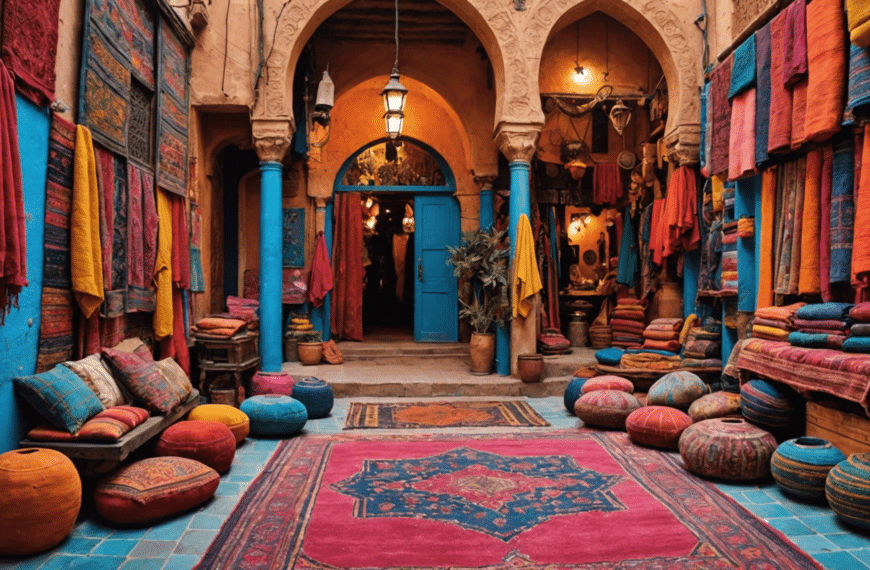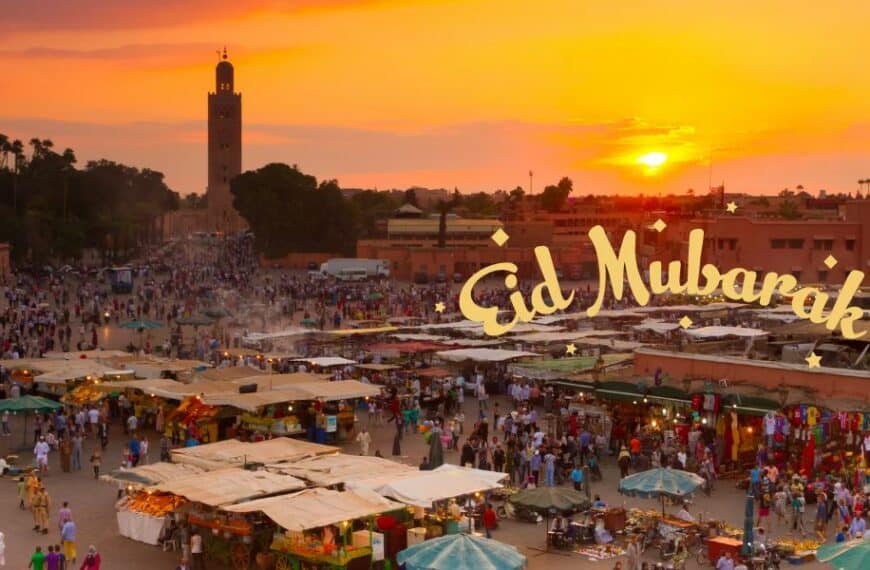Embarking on a Journey Through the Woven Tales of Morocco
Embarking on a foray into the world of Moroccan carpets is akin to unraveling the threads of time, each piece a rich tapestry reflecting the diverse history, culture, and artistry of this enchanting North African country. These ornate textiles are not merely floor coverings but narrators of stories, bearers of tradition, and coveted artifacts that embody the soul of Moroccan heritage.
The Looms of the Atlas: Unveiling the Weaving Techniques
To truly appreciate a Moroccan carpet, one must understand the careful craftsmanship that underlies its creation. Ancient practices handed down through generations emerge in two prominent techniques: the hand-knotting and hand-weaving. The hand-knotted carpets, typically originating from the tribes in the Atlas Mountains, are known for their plush pile and intricate patterns. On the other hand, hand-woven or flatweave carpets, such as the iconic Kilims, boast a flatter surface, allowing for bold geometric designs and a vibrant use of color.
Decoding the Language of Patterns and Symbols
Each Moroccan carpet is an anthology of symbols, a visual dialect that tells tales of fertility, nature, and tribal identity. It’s a codex to be deciphered, with motifs ranging from simple triangles signifying the female form to complex zellige-like patterns that speak of Berber lore. To delve into the meaning stitched within these rugs is to converse with an art form as old as the Moroccan hills, a truly mesmerizing dialogue.
Sourcing the Rainbow: Discovering the Dyes
The explosion of hues seen in these carpets is a direct tribute to the natural world. Local vegetation, minerals, and even insects are the sources of the natural dyes that turn the wool into a canvas of crimson reds, deep blues, and earthy yellows. Indigo for the depth of oceans and henna for the earth’s warmth, every color is more than a choice—it’s a homage to the land itself.
Ethical Threads: The Fair Trade Impact
In modern times, the carpet industry has seen a necessary shift towards sustainability and fair trade practices. Artisans are receiving rightful recognition and compensation for their work, ensuring that the craft not only survives but thrives. This has also fostered a revived global appreciation for authentic, ethically sourced carpets—a win for both the conscientious collector and the Moroccan weaver.
Curating a Collection: The Connoisseur’s Guide
For those looking to bring a piece of Morocco into their home, curating a carpet collection is an art in itself. Factors such as the rug’s origin, the tightness of the weave, age, and material composition play crucial roles. When selecting a Moroccan carpet, one is not simply buying an item—they are preserving a piece of artisanal ingenuity.
Moroccan carpets are more than mere decorative items; they are the narrators of a rich cultural lineage. Exploring their artistic depths is a journey filled with vivid colors, profound symbols, and an ever-present connection to the natural world. Through the pure expression of craft, these woven wonders invite us to tread softly upon their histories and to carry forth the legacy of the Moroccan spirit.
The Artisanal Craftsmanship of Moroccan Carpets
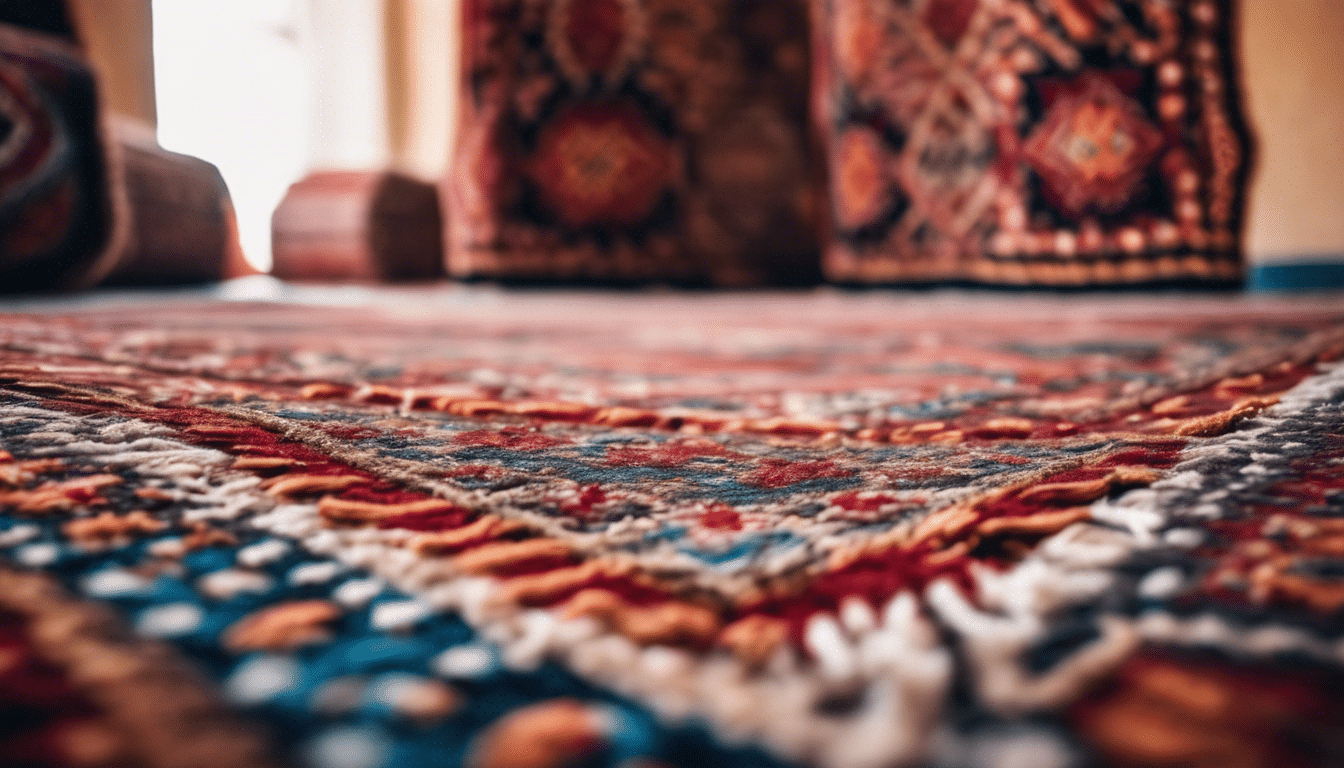
Moroccan Carpets: A Tapestry of History and Heritage
The vibrant allure of Moroccan carpets is undeniable. These aren’t mere fabrics; they are tapestries woven with the threads of history, culture, and artisanal expertise passed down through generations. The warps and wefts come together to tell stories of the diverse Moroccan landscape, from the rugged Atlas Mountains to the serene Sahara Desert.
A Tradition Rooted in Nomadic Culture
From nomadic Berber tribes to savvy city weavers, the art of Moroccan carpet making is a craft distinguished by regional variety. Each piece encapsulates the essence of its origin, whether it be the bold geometric patterns of the Beni Ourain people or the vibrant hues of the Zemmour tribe. This rich diversity stems from the varied influences each group has to offer, a testament to the country’s multifarious identity.
The Process: An Artisanal Journey
- Shearing: The journey of a Moroccan carpet starts with the shearing of sheep. The quality of the wool often determines the softness and durability of the final product.
- Spinning: Next, the raw wool is spun into yarn using traditional spinning techniques often done by hand or using simple tools.
- Dyeing: Natural dyes sourced from local plants, minerals, and sometimes insects give Moroccan carpets their distinctive vibrant colors.
- Weaving: Weaving is done on looms, with patterns passed down orally from one generation to the next; this imbues each rug with a touch of familial legacy.
- Washing & Finishing: Finally, the carpets are washed and finished, a process that enhances the vibrancy of the colors and gives it a final majestic flair.
Patterns with a Purpose
In the intricate lines and shapes of a Moroccan carpet lies more than aesthetic beauty. Patterns and motifs often serve as symbols with protective meanings, represent natural elements, or tell stories of daily life and spirituality. The skilled artisans imbue each carpet with meaning, making them not just décor but keepers of tradition and talismans of culture.
Sustaining Livelihoods and Traditions
The creation of Moroccan carpets is more than an artistic endeavor; it’s a means of livelihood for many. The craft supports local economies, empowering weavers—largely women—to sustain themselves and their families while also preserving their heritage. Recognizing the hard work and craftsmanship that go into each carpet elevates them from a mere commodity to a piece of living art, valued and cherished across the globe.
Moroccan Carpets Today: Embracing Modernity
While remaining true to their roots, Moroccan carpets have adapted to contemporary tastes, incorporating modern designs while maintaining traditional techniques. Today, discerning collectors and design enthusiasts seek out these carpets for their ability to blend ancient art forms with modern interiors, making them a potent symbol of cultural fusion.
Investing in Authenticity and Quality
For those looking to acquire a true piece of Moroccan craftsmanship, it’s important to prioritize authenticity. Genuine Moroccan carpets are a symbol of enduring beauty and quality, and investing in them supports not just an art form but also the communities that keep this tradition alive. When selecting a Moroccan carpet, consider its history, the significance of its patterns, and the story behind its creation — and you’ll be bringing home more than a carpet; you’ll be bringing home a piece of Morocco.
Symbolism and Storytelling in Moroccan Rug Designs
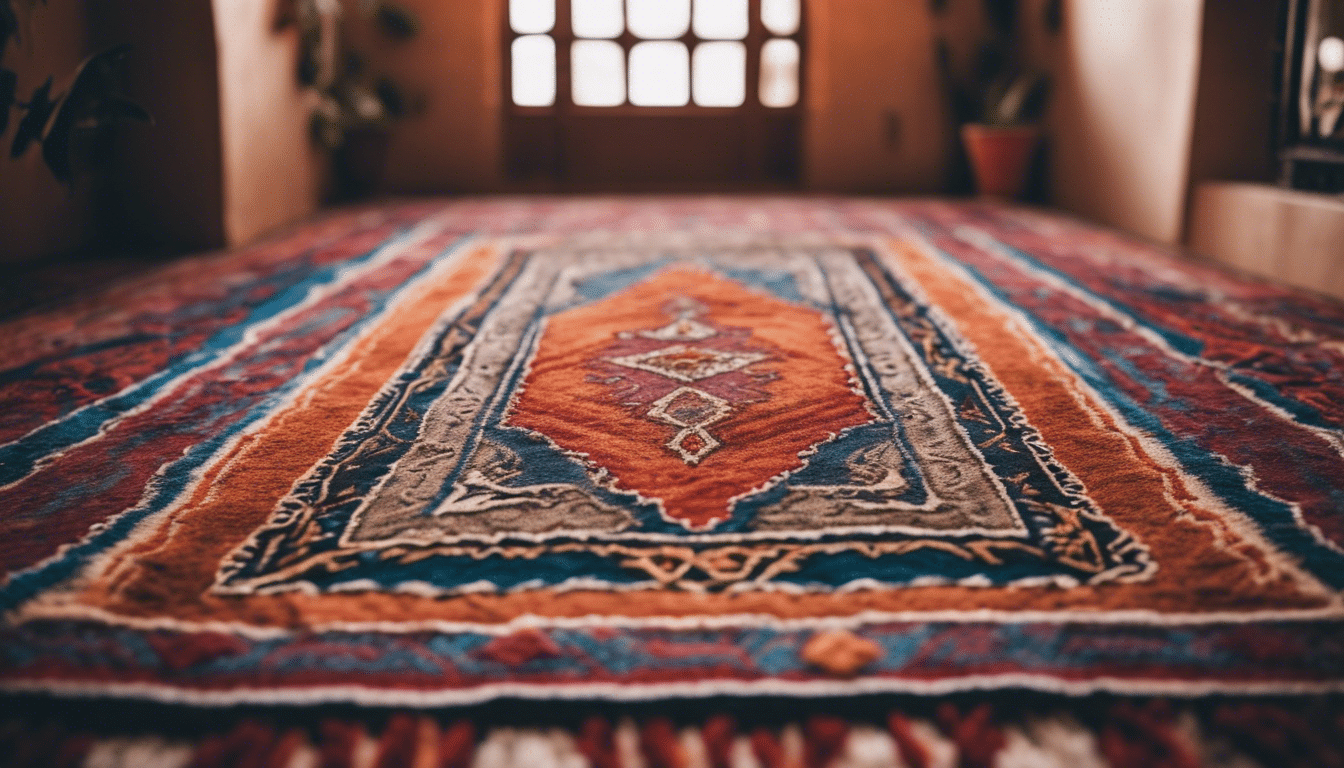
Moroccan Carpets: Weaving the Threads of Culture
Step into the realm of Moroccan artisanship, and you’ll find yourself enwrapped by the vibrant energy of its textile heritage—a world where every knot carries the whisper of an ancient tale and every color a secret of the soil. Moroccan carpets, more than mere floor coverings, serve as storied canvases rich with symbolism and storytelling, handed down through generations like treasured scripts of woven wisdom.
The Language of Weaving: Symbols of Life and Nature
To truly appreciate a Moroccan rug is to read it as one would a gripping novel. Each design element—a gateway to the weaver’s soul—represents the age-old dance between man and nature. Strong geometric shapes echo the rugged Atlas Mountains, while undulating lines mimic the ceaseless ebb and flow of Saharan dunes. These carpets carry within their fibers the eternal stories of the Amazigh (Berber) people, meticulously narrating the interconnection of life and the environment.
Colors That Speak Volumes
In the symphony of a carpet’s hues, every color plays its unique soprano or bass. Deep indigos and vibrant reds, achieved through intricate dyeing processes using natural substances like henna and saffron, don’t simply please the eye. They herald messages: blue for wisdom, red for strength, and green for peace. In many carpets, the cunning interplay of these colors unfolds the weaver’s desires, prayers, and desires for protection and prosperity.
Mythic Motifs and Amulets
Among the labyrinth of patterns, you’ll notice recurring symbols that carry the weight of talismans. The depiction of animals is not just a nod to the local fauna but a plea for their powerful attributes to imbue the home. Likewise, the ever-present diamond shape doesn’t merely add to the aesthetic allure; it is the very representation of the protective eye warding off evil spirits. Thus, Moroccan carpets are guardians, bestowing upon their surroundings the ancient wisdom of mythic narratives.
The Tale of Two Knots: Berber versus Arabic Influence
The story further divides into the distinction between knot styles—a testimony to cultural convergence. The Berber knot, asymmetrical and snug, tells a history of indigenous craft passed through the kinship of mountainside dwellers. In contrast, the symmetrically knotted Arabic carpets whisper tales of trade and intermingling cultures across the sprawling medinas and bustling markets.
From Loom to Living Space: The Journey of a Moroccan Carpet
The journey from wool to woven magnificence is an epic in itself. Sheep raised on the verdant hills provide the raw material, spun into yarn by the nimble fingers of local women. These artisans, keepers of tradition, translate ancestral narratives into knots and colors, slowly crafting a masterpiece that, when complete, will grace the home of an art connoisseur. A Moroccan carpet is not merely acquired; it is adopted with its undulating history, a silent companion speaking volumes to those who choose to listen.
Moroccan carpets, with their intricate symbolism and storytelling, transcend the boundaries of mere artisanal objects. They are shrouded in lore, cloaked in legend, and draped in the magic of Moroccan rug designs, inviting those who encounter them on a journey through the vibrant corridors of history and culture.

